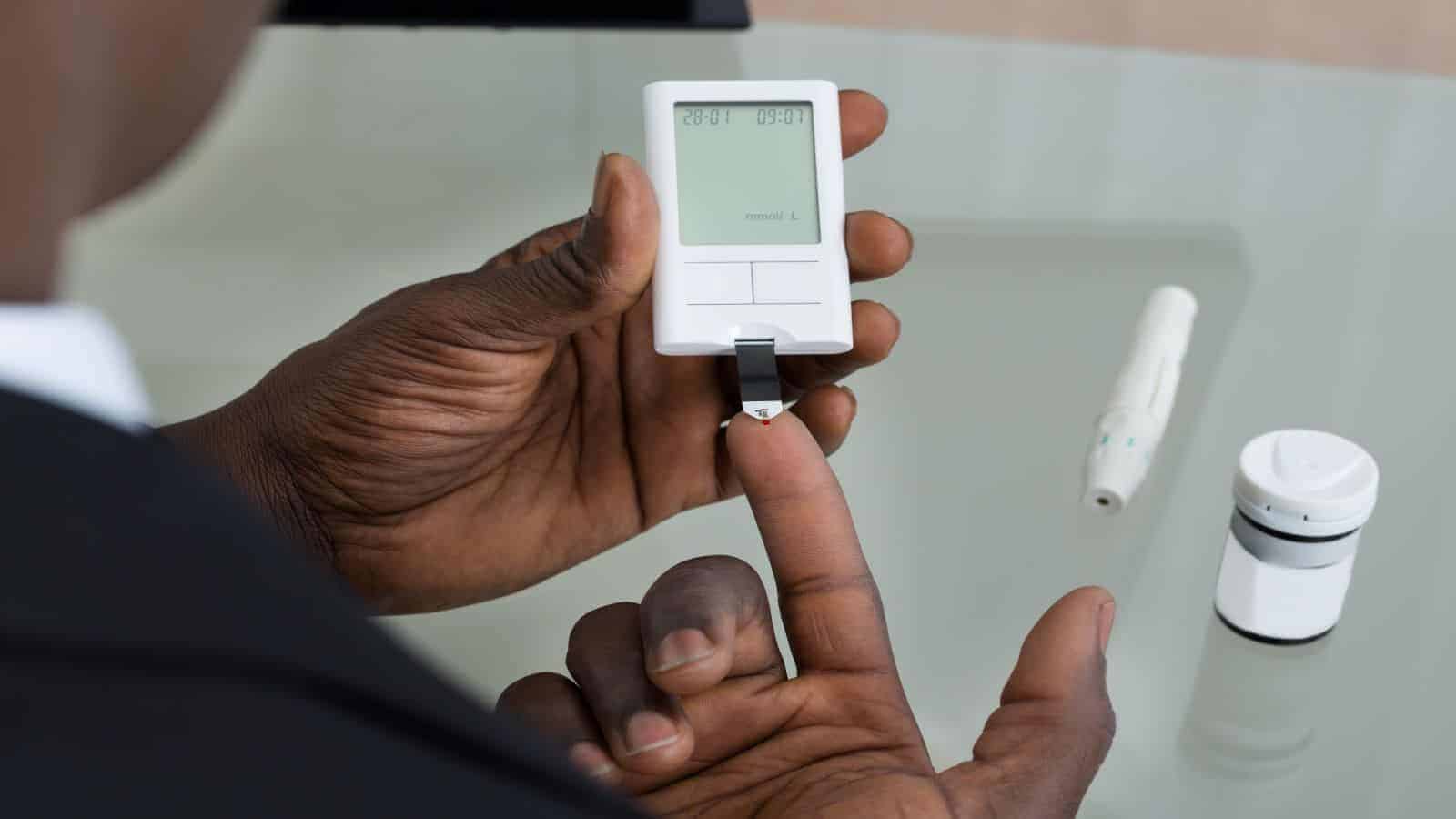Ischemic strokes are scary and dangerous, but often they don’t get early medical attention because people don’t recognize the signs. The symptoms are apparent for this type of stroke, but they mimic signs of so many other conditions that people might not take them seriously. However, you or others around you must catch on to them, preferably before the stroke happens. Not doing so can lead to devastating permanent damage.
Ischemic strokes are often called many different names. They could be called brain ischemia and cerebral ischemia.
Sometimes people use transient ischemic attack and may use the acronym T.I.A. While this stroke has the same effect, it’s different because it’s more temporary. However, multiple T.I.A.s can lead to the same result as ischemic strokes.
For this article, we will use I.S. to refer to ischemic strokes.
What is an Ischemic Stroke
I.S. is one of three types of strokes. One of the leading causes of a stroke is an artery blockage. This situation prevents blood and oxygen from reaching that part of the brain. Those brain cells become damaged, and the damage can become permanent if the blockage isn’t cleared fast enough.
What are the causes of stroke blockage?
The blockages can be caused by plaque or a blood clot. In the case of plaque, it can break off at the source and travel to the neck or brain, where it may become lodged. Blood clots can dissolve before it reaches the neck or brain, but if it doesn’t, it can become lodged and cause a blockage.
What are the risk factors for I.S.?
Some risk factors for I.S. can’t be helped, but most of them are due to poor lifestyle choices (a great example is hypertension). Risk factors include:
- Diabetes
- Hypertension
- High cholesterol
- Atrial fibrillation
- Sickle cell anemia
- Smoking
- Alcohol abuse
- Drug abuse
- Congenital heart defects
- Clotting disorders
Scientists and medical experts have researched genetics as a risk factor for I.S. While there has been some evidence of genetics as a risk factor, they only have a small effect on the overall risk.
Statistics on Ischemic Strokes
The statistics on I.S. are alarming. These strokes have become a significant problem in the United States, mainly due to the unhealthy lifestyle that many Americans adopt. According to the Centers for Disease Control (C.D.C.):
- Of all strokes, 87% of them are I.S.
- Someone has a stroke every 40 seconds in the United States.
- Someone dies from a stroke every four minutes.
- Almost 25% of annual stroke cases are people who have had a stroke before.
- Black people are twice as likely to have their first stroke at an early age than white people.
- The death rate for Black people from strokes is twice as high as that of white people.
There are some evident racial disparities regarding strokes and healthcare in the United States. However, this doesn’t change the fact that strokes, particularly I.S., is a problem for everyone, regardless of race.
9 Signs You Should Never Ignore
Recognizing an I.S. can be tricky because the symptoms can be vague. They can even begin to happen days before the stroke, making it harder to put them together. If that’s not confusing enough, women can have different or additional symptoms apart from men.
With symptoms so hard to pin down or put together, you must see a doctor if you have any of these symptoms. You should probably get evaluated immediately if you have more than one at a time.
1. One of your limbs is numb for more than a few minutes.
Arm or leg numbness on its own is not uncommon. It can occur if you’ve had your limb in an uncomfortable position for an extended time. However, if the numbness is sudden and you can’t find any logical reason, it could be a sign of a stroke. This is especially true if the numbness is only on one side of your body, particularly the left side.
2. You suddenly become off-balance.
Randomly losing your balance, dizziness, or fainting is not normal under any circumstances. It’s an indicator that something is wrong, even if it’s something minor. Unfortunately, it’s also a symptom of a stroke.
If this happens to you, don’t brush it off. You’ll need to see a doctor no matter what but look for other signs of a stroke. If you find any, head to an emergency room without hesitation.
3. You suddenly become confused.
Sudden confusion or fogginess is a big sign of something wrong with your brain. Sure, it could mean you’re tired, but it’s probably unlikely unless you’ve been up for several days. Since a blood blockage characterizes a stroke in your brain, it makes sense that you would start having impaired cognitive functioning. Sudden confusion or fogginess is an apparent emergency. It could mean you’re close to having a stroke.
4. Strange vision problems.
A sign of a stroke is vision problems like seeing double or blurriness. Like the other symptoms, it would probably happen suddenly. Vision problems can indicate other conditions, as well. It’s hard to tell without seeing a doctor, but whatever you do, see one quickly if this happens.
5. You develop a headache bad enough to be a migraine.
Headaches are common and usually don’t indicate anything significant. However, if you get an acute headache and it’s the worst one you’ve ever had, no one needs to tell you that it’s not normal. This is especially true if you don’t have a history of headaches or migraines.
6. Suddenly, you can’t breathe.
While this is a less common stroke symptom, it can occasionally happen to some people. Even if it’s not a sign of a stroke, not being able to breathe is a severe emergency. At the least, this can lead to you fainting and injuring yourself on top of whatever is happening. If this happens, stop what you’re doing immediately and seek medical attention.
7. You’re suddenly slurring your speech.
Slurred speech is a classic sign of someone having or about to have a stroke. It happens for the same reason that confusion happens – the blockage to the brain. The blockage could affect the part of the brain that controls speech and/or psychomotor skills. If you’re slurring your speech suddenly, get some help. If you’re alone, call 911.
Signs That Primarily Occur in Women
These signs happen to women more often than they do to men. It’s unclear why there is such a vast gender disparity among these symptoms. It’s not even a commonly known fact that there is a significant gender disparity among any symptoms.
Despite the disparity, don’t dismiss these if you’re a man. The chances of them happening to you may be slim, but not impossible.
8. You suddenly experience general weakness.
You may find yourself having a hard time lifting your arms and legs. It may be difficult for you to do anything. Maybe you’re dropping light things or unable to pick up a cup. If you’re suddenly experiencing weakness, you may be close to having a stroke.
9. Persistent hiccups.
According to neurologist Diana Greene-Chandos, MD, director of critical neuroscience care at Ohio State University’s Wexner Medical Center, sudden, painful hiccups that come out of nowhere are signs of an impending stroke. She says that the medical community or scientists don’t fully understand what causes the hiccups, but it’s widespread among female stroke victims.
Keep in mind that these hiccups aren’t regular. They’ll be extra strong, and they’ll likely hurt. You’ll be heading to the E.R. for an evaluation.
Final Thoughts on Signs of an Ischemic Stroke
The most important thing to remember about signs of I.S. is that they will occur very suddenly, usually with no noticeable warning. Of course, some symptoms can occur a few days before the stroke, but they will still come suddenly. Looking for more than one sign at a time can be a better verification.
It may be difficult for you to recognize your signs. However, others will see that something is wrong with you. It’s important to share education with your friends and family, so they’ll also know what to do.
There is an acronym that is widely used to help determine if someone is having a stroke. The acronym is F.A.S.T. to remind you to act fast if you are having a stroke.
- F – Face. Is one side of their face drooping?
- A – Arms. Are they having trouble lifting one of their arms?
- S – Speech. Is the speech slurred, or do they sound confused?
- T – Time. Don’t wait. Act right away.
A stroke is nothing to play with. If you or someone around you is showing signs, getting help immediately is the best thing to do. After all, it’s better to be safe than sorry.

















 Community
Community

